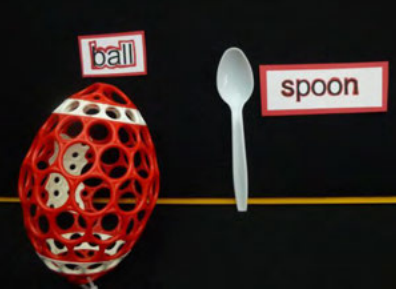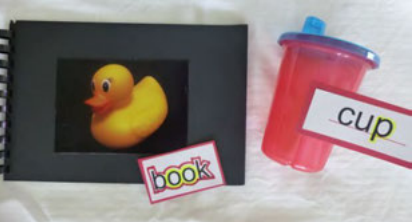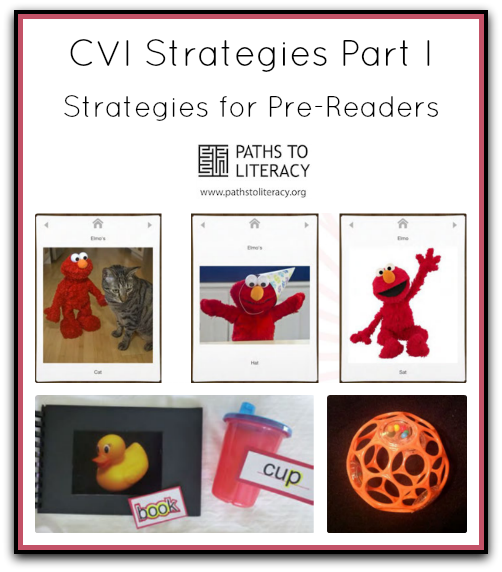
Strategies for Pre-Readers with CVI
Strategies to help parents and teachers of children with CVI (Cortical Visual Impairment) who are pre-readers
These strategies for improving literacy skills in students with CVI (cortical visual impairment) are based on a webinar presented by Diane Sheline.
For more information on CVI see also: http://strategytosee.com/
Many teachers that work with students with CVI, or Cortical Visual Impairment, are familiar with Dr. Christine Roman-Lantzy’s CVI range. Teachers and parents can begin working with students to develop pre-reading skills even when students are still in CVI Phase II (developing visual attention). These pre-reading skills generally include the following:
- Print Motivation
- Direction
- Motor Skills
- Print Awareness
- Rhyming and Phonological Awareness
- Letter Knowledge
- Matching
- Narrative Skills
- Vocabulary
PRINT MOTIVATION
Print motivation is one of the most important pre-reading skills to consider – students need to be excited and happy about reading! Make sure book reading time is fun, and be sure to use CVI friendly strategies. Keep reading time short, but do it often during the day, and integrate reading time into routines. You will need to create your own books, using images that are preferred, and that are recognizable and predictable. For each child, these will be different images. There are not a lot of commercially prepared books that are suitable, so be prepared to buy books and cut out the images to mount on black backgrounds. You can also use Tablet Technology to create custom books of high interest to the child. Use books that are predictable, and repeat a non-novel, recognizable item on each page (such as Elmo in the example below).
- Choose an object that is motivating to the student (Elmo here is the example), and photograph it on a black background. Use several photos to create a short book of just a few pages.
- Buy two or three copies of a favorite book. Cut out the preferred images and mount on a black page.
- Start with one image on a page, and then move to books that have two or three images on the page. See if your student can pick out the preferred object (Elmo, for example).
- Choose commercial books that are low in complexity, use a favored color, have reflective qualities, and have hard, easy-to-turn pages.
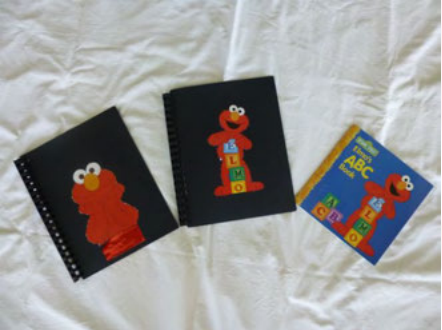
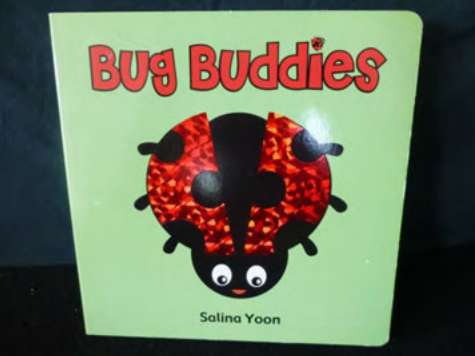
- Use spot-lighting techniques to draw attention to images, especially when the illustrations have reflective qualities. Use a strong flashlight, or a task lamp such as an Ott-Lite.
- Use an easy-opening spiral binding system such as ProClick, and use the black binder covers as pages in a book. Mount photos or illustrations on the dull side of the paper to avoid glare. Pages can be added and removed as needed.
- Use black backgrounds or sheets.
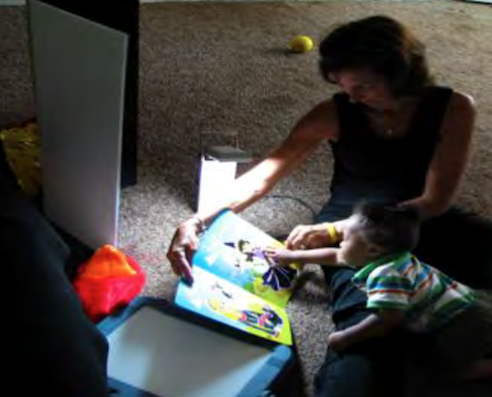
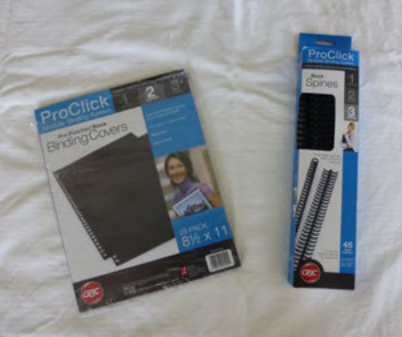
- Use Tablet Technology and apps to create custom books featuring favored targets. Use apps such as Pictello and Book Creator. If you are not sure about favored targets, ask the parents what the child likes to look at.
- Some apps allow you to record your own story, so that there is an auditory element.
- Wear a black cape or smock while working with the student, to minimize distractions from clothing.
- Often students respond better in a darkened, no-glare environment, with minimal distraction from noise or sound.
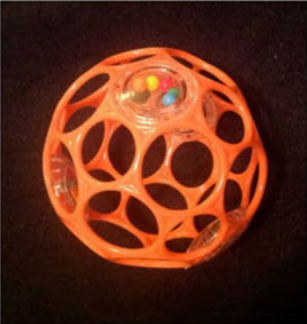
- Encourage recognition of 2D photos by using them in conjunction with 3D favored, non-novel targets.
- Start with one or two choices. Encourage the student to recognize that the image in the photo (picture of banana) represents the real object, a banana.
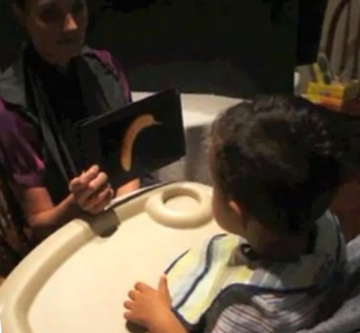
PRINT AWARENESS
- Students need to understand that print on a page represents words that are spoken.
- Students need to know how to follow words on a page, and how to hold a book.
- Point out a recurring letter, such as the “E” in Elmo:
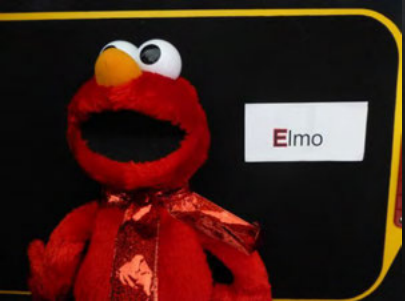
RHYMING AND PHONOLOGICAL AWARENESS
- Phonological awareness is the understanding that words are made up of smaller sounds. Phonological awareness general comes before phonics.
- Talk about word families that have similar features or patterns, such as “cat, hat, sat”
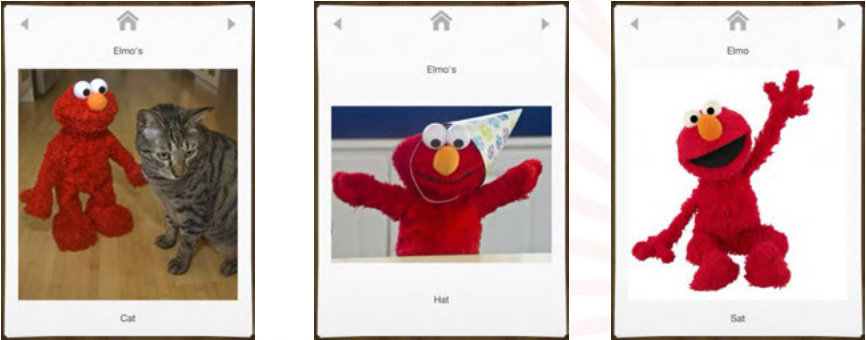
LETTER KNOWLEDGE/MATCHING
- Students will need experience in matching shapes, letters, and numbers. They will need to understand “same” and “different”.
- Students will need to know that each letter is different from the others.
- Students will need to be able to recognize and name all letters and know that each has a different sound.
- You can try letter-sorting games – be sure to use good contrast and remove visual clutter.
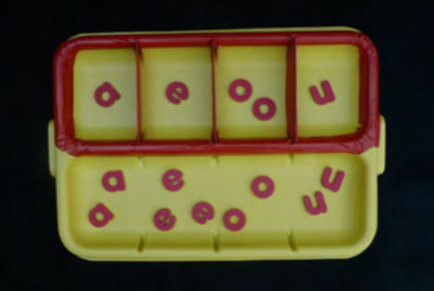
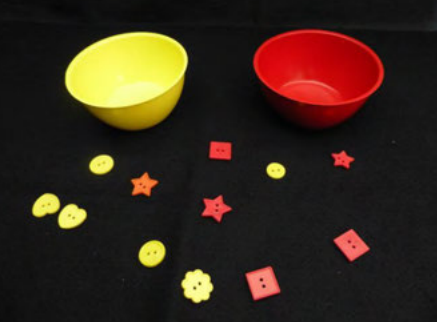
NARRATIVE SKILLS
- Use an All-In-One Board from APH and real objects with Velcro to create scenes or stories.
- Ask open-ended questions – “What do you think will happen next?”
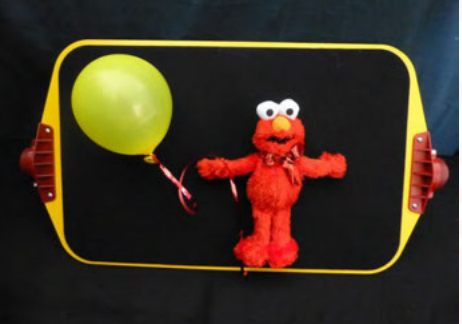
VOCABULARY
- It will be important for students to know the names of things, feelings, concepts, and ideas
- Label common objects with words.
- Point out words that the student comes in contact with during naturally occurring routines.
